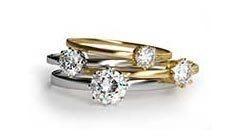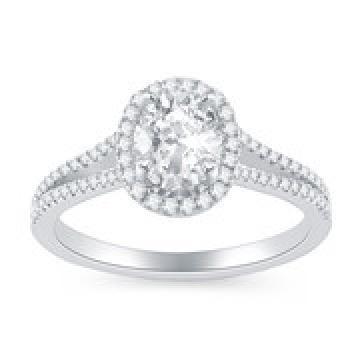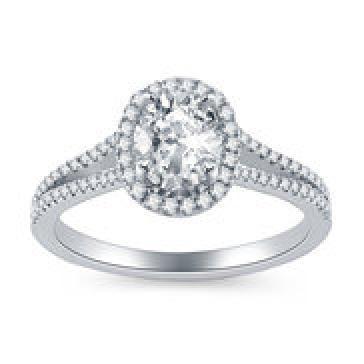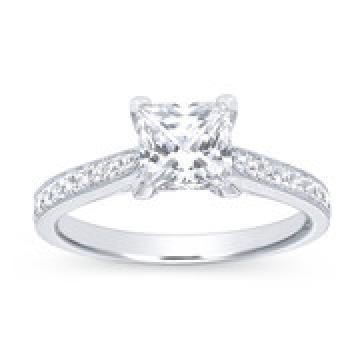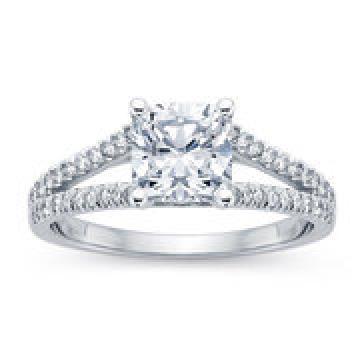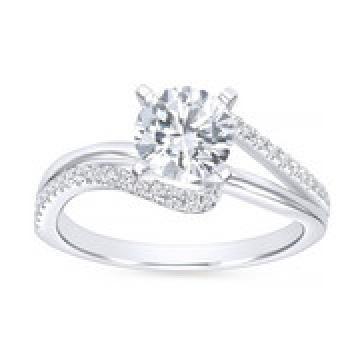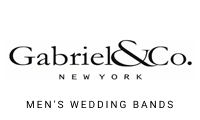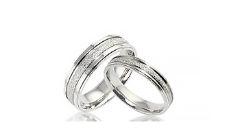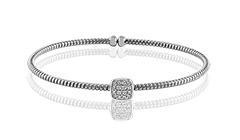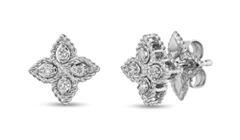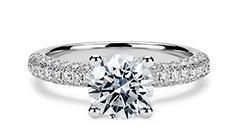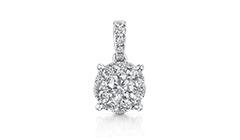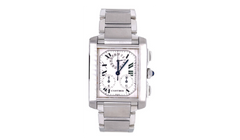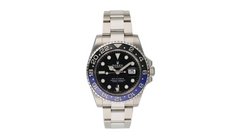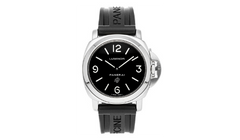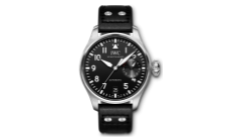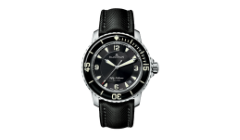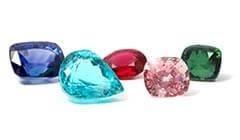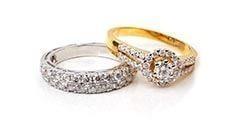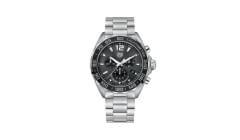Diamond Education
The 4 C's of Diamond Grading
Color, Cut, Clarity and Carat weight are the four primary criteria to become familiar with when selecting a diamond. For most, cost is a major consideration when selecting a diamond center stone as the focal point of a significant other’s engagement ring. Weighing the options in terms of the 4 C's will assist the diamond buyer in finding the perfect stone for their budget. The 4 C's are explained in more detail below.
Color

Diamond color actually means a lack of color. A chemically pure and structurally perfect diamond has no hue, like a drop of pure water, and consequently, a higher value. GIA's D-to-Z diamond color-grading system measures the degree of colorlessness by comparing a stone under controlled lighting and precise viewing conditions to masterstones or stones of established color value.
GIA's diamond D-to-Z color-grading scale is the industry's most widely accepted grading system. The scale begins with the letter D, representing colorless, and continues, with increasing presence of color, to the letter Z. Many of these color distinctions are so subtle that they are invisible to the untrained eye; however, these distinctions make a very big difference in diamond quality and price.
Fun fact: Color is the only factor that is not determined by examining the table or a top down perspective. Diamonds are actually graded for color by placing them upside down (with the table resting on the surface) on a pure white piece of paper.
Raineri Jewelers tends not to carry anything lower than a J or K color for larger diamond center stones to be featured in an engagement ring setting. Typically, the more colorless a diamond the more expensive, however diamonds with vivid pink and blue hues are extremely valuable and extraordinary. Furthermore, fancy yellow diamonds often referred to as canary yellow are extremely desirable as well as a less traditional choice.
Clarity

Diamond Clarity refers to the absence of inclusions and blemishes. Natural diamonds are the result of carbon exposed to tremendous heat and pressure deep in the earth. This process can result in a variety of internal characteristics called 'inclusions' and external characteristics called 'blemishes.'
The GIA Diamond Clarity Scale has 6 categories, some of which are divided, for a total of 11 specific grades.
-
Flawless (FL)
No inclusions and no blemishes visible under 10x magnification -
Internally Flawless (IF)
No inclusions visible under 10x magnification -
Very, Very Slightly Included (VVS1 and VVS2)
Inclusions so slight they are difficult for a skilled grader to see under 10x magnification -
Very Slightly Included (VS1 and VS2)
Inclusions are observed with effort under 10x magnification but can be characterized as minor -
Slightly Included (SI1 and SI2)
Inclusions are noticeable under 10x magnification -
Included (I1, I2, and I3)
Inclusions are obvious under 10x magnification which may affect transparency and brilliance
Raineri Jewelers suggests an "eye-clean" diamond or gemstone that has no inclusions visible to the unaided or untrained eye.
Cut

A Diamond's Cut Unleashes Its Light. Diamonds are renowned for their ability to transmit light and sparkle so intensely. We often think of a diamond's cut as shape (round, emerald, pear), but a diamond's cut grade is really about how well a diamond's facets interact with light.
Precise artistry and workmanship are required to fashion a stone so its proportions, symmetry, and polish deliver the magnificent return of light only possible in a diamond.
Carat

Diamond carat weight is the measurement of how much a diamond weighs. A metric "carat" is defined as 200 milligrams.
Each carat can be subdivided into 100 'points.' This allows very precise measurements to the hundredth decimal place. A jeweler may describe the weight of a diamond below one carat by its 'points' alone. For instance, the jeweler may refer to a diamond that weighs 0.25 carats as a 'twenty-five pointer.' Diamond weights greater than one carat are expressed in carats and decimals. A 1.08 carat stone would be described as 'one point oh eight carats.'
Certification
Prior to purchasing a diamond gemstone for mounting in a ring setting, you should expect to review a copy of its certificate as proof that it has undergone an unbiased, professional examination.
What is a Certificate?
A diamond certificate is a report about a specific stone created by a team of gemologists from a reputable gemological institute such as GIA or EGL. The diamond is evaluated, measured, and examined using a 10X jeweler's loupe, 30X microscope, other industry tools and trained eyes. A completed certificate includes an analysis of the diamond's cut, color, clarity, carat weight, dimensions, symmetry, and other characteristics necessary to accurately grade the diamond.

